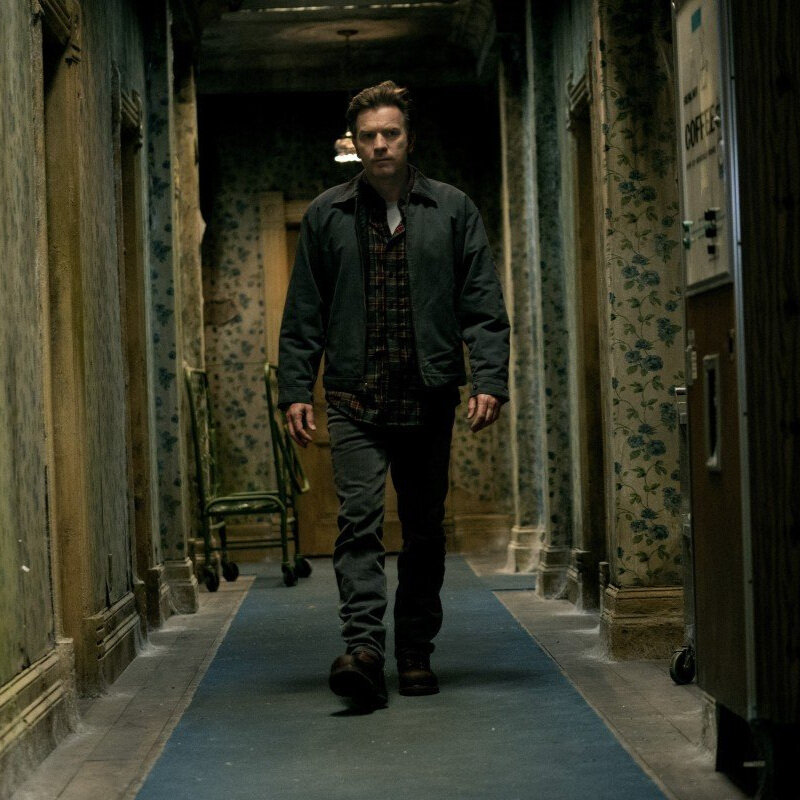Ben Wheatley’s ninth film, In the Earth, stalks similar territory to his first few. It’s a stripped-back affair—shot mid-pandemic in Maidenhead over the course of a couple of weeks—and makes efficient use of its very limited resources. At times, production limitations show as quality of image fluctuates from shot to shot. But, by and large, Wheatley’s editing finesses this sort of thing into a disjunctive, unpredictable, Frankenstein’s monster of a style. Much of this film feels as though it was discovered mid-process. Actors ad-lib, and narrative focus shifts and wobbles erratically.
In the Earth is ostensibly a horror, but beyond that it’s difficult to categorise or even describe. Its closest recent analogue is Lovecraft adaptation Color Out of Space. That film Nicholas Cage and family turn wibbly after a meteorite crashed in their back garden and contaminated its surroundings in grotesque ways. In the Earth inverts the dynamic. Our protagonists venture into a profaned forest, actively travelling towards evil. Like the caravan trip at the centre of Sightseers, the deeper they journey, the more primacy their surroundings take on. Elements of the environment puncture the protagonists’ bodies and minds. The territory invades them back.
We also meet two earlier casualties of the forest. Both have been stuck there for an interminable amount of time, and are lost in fruitless attempts to understand the forest. One practices idolatry, worship, and human sacrifice—and, at some point, gave up on receiving divine revelation in return. The other conducts experiments, measuring responses to light and sound—but has introduced some deeply unscientific ideas into their process. These characters turn out to be complementary halves of one whole. Through this the film draws parallels between mysticism and reason.
While these characters are conceptually interesting, their dialogue can come off overwritten. Frequent Wheatley co-writer Amy Jump doesn’t get a writing credit in this film—at a guess, logistics prevented her involvement from what was likely an on-the-set process. Wheatley doesn’t quite have her knack for dialogue, but he still gives it a respectable stab. Nothing approaches the giddy heights of A Field in England’s script, but there’s no real eye-rollers, and Wheatley's nasty sense of humour comes out at all the right moments.
Where In the Earth does equal A Field in England is in its formal experimentation. The film’s kaleidoscopic final act was a bit much for some audiences—but anyone with an interest in avant-garde cinema or video art will eat it up. Despite the undeniable patchiness of what precedes it, the film’s climax is an overwhelming and brilliant stretch. It’s like if Lis Rhodes was given a few thousand pounds and told to make Avengers 5; a bombastic, noisy, and brutal assault on the senses. You get such a battering it's hard to think straight afterwards. It might not be perfect, but by the time the credits roll on In the Earth you may feel transformed in ways you don't understand.
In the Earth is available to stream here. Bezos is already rich enough, so updates as and when on a better source.
Words: Andrew O’Keefe






